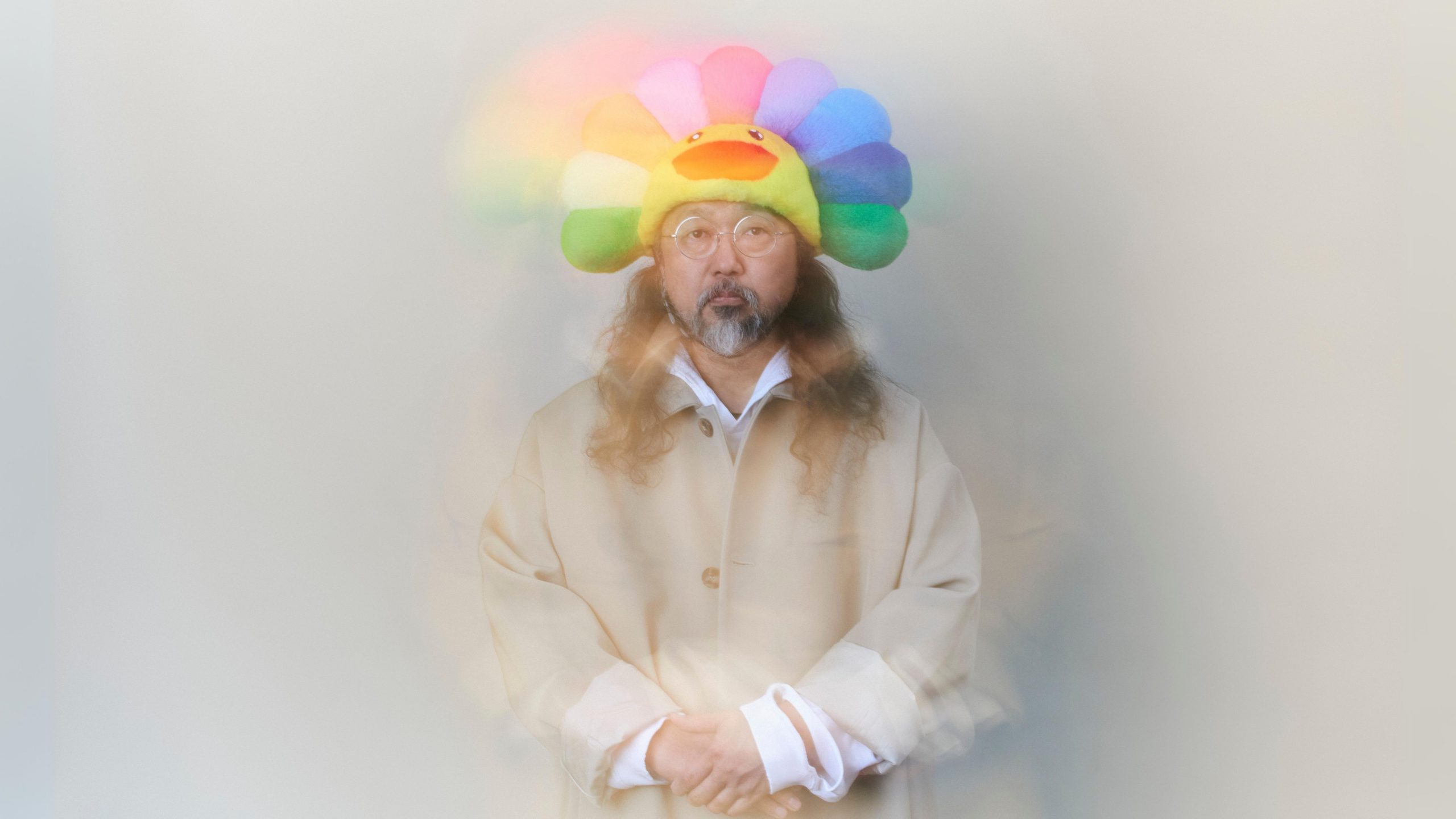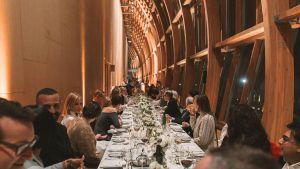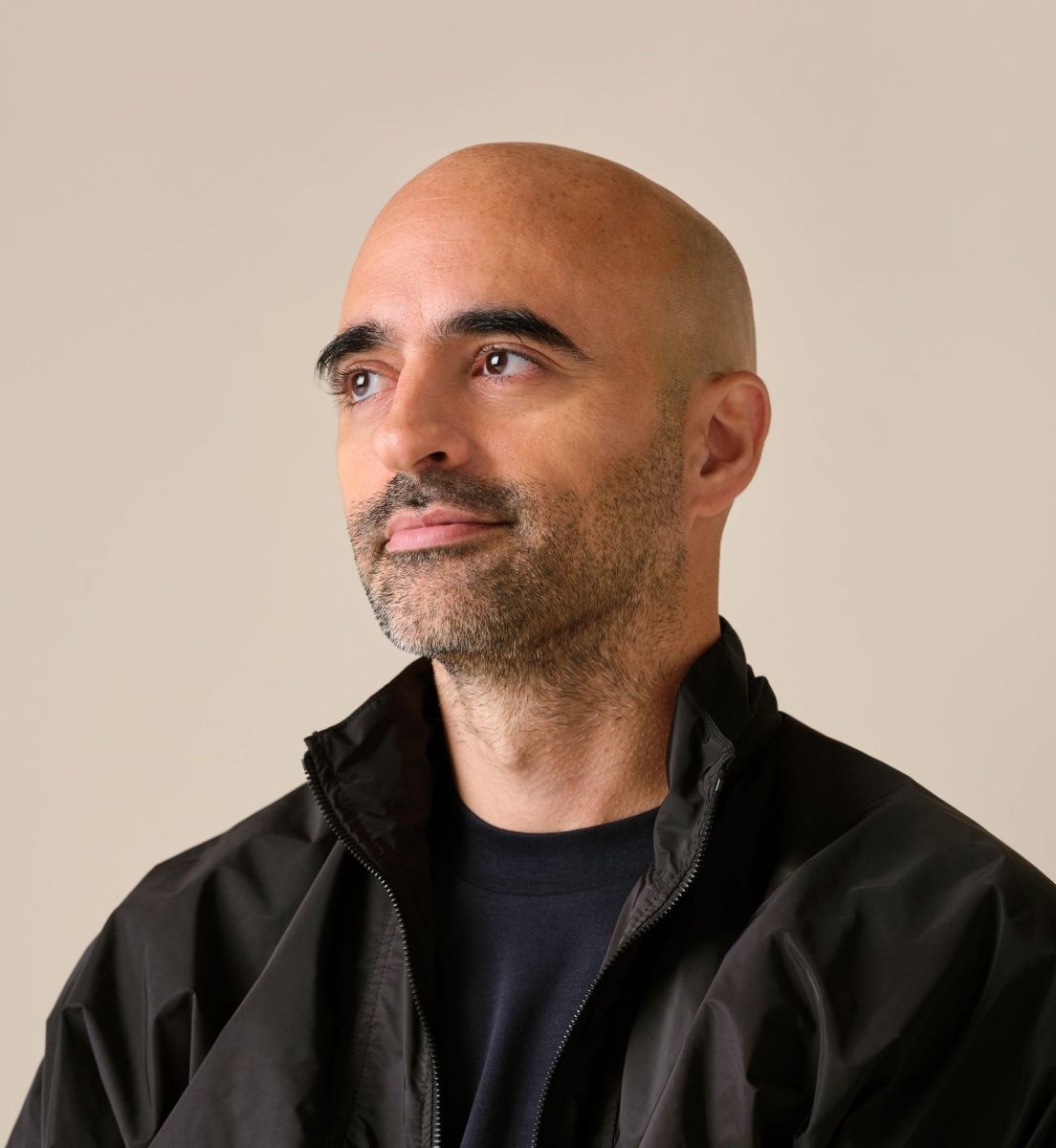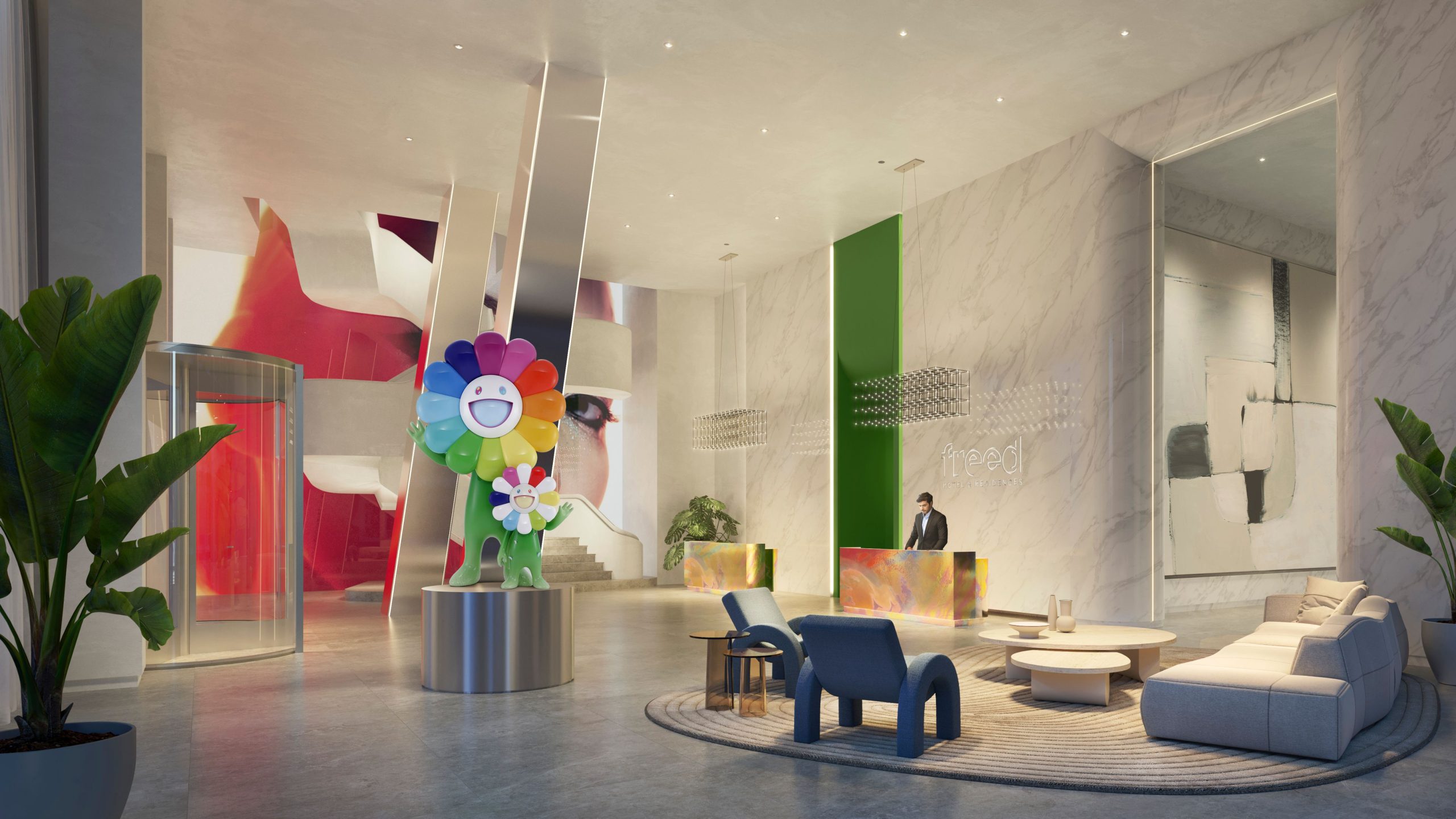In the dynamic world of contemporary art, few figures command attention quite like Takashi Murakami. A luminary whose work has achieved global recognition, Murakami is not just an artist but also a cultural maestro of the modern age.
Renowned for his dynamic fusion of pop culture iconography, anime aesthetics, and traditional Japanese motifs, Murakami’s signature style is a marriage of colour and form. Central to his oeuvre is his iconic flower motif, a symbol of both innocence and transformation that has appeared through pop culture on album covers, clothing, jewelry, music videos, and more. From his groundbreaking partnership with Louis Vuitton to his haunting work for musician Billie Eilish, collaboration has always played a pivotal role in the Japan-based artist’s creative journey.
As he continues to expand his influence, Murakami finds himself in Toronto for the first time. Partnering with visionary real estate developer Peter Freed, Murakami’s masterpiece, ‘Together with the Flower Parent and Child,’ will adorn the lobby of the inaugural Freed Hotel and Residences in Toronto.
For Murakami, art is not merely a visual feast but a conduit for emotions, a bridge connecting the mundane to the sublime, which he hopes to foster through his work in Toronto.
In an exclusive interview, Murakami chats with GLORY about his artistic evolution, the power of collaboration, and his exciting debut in Toronto.
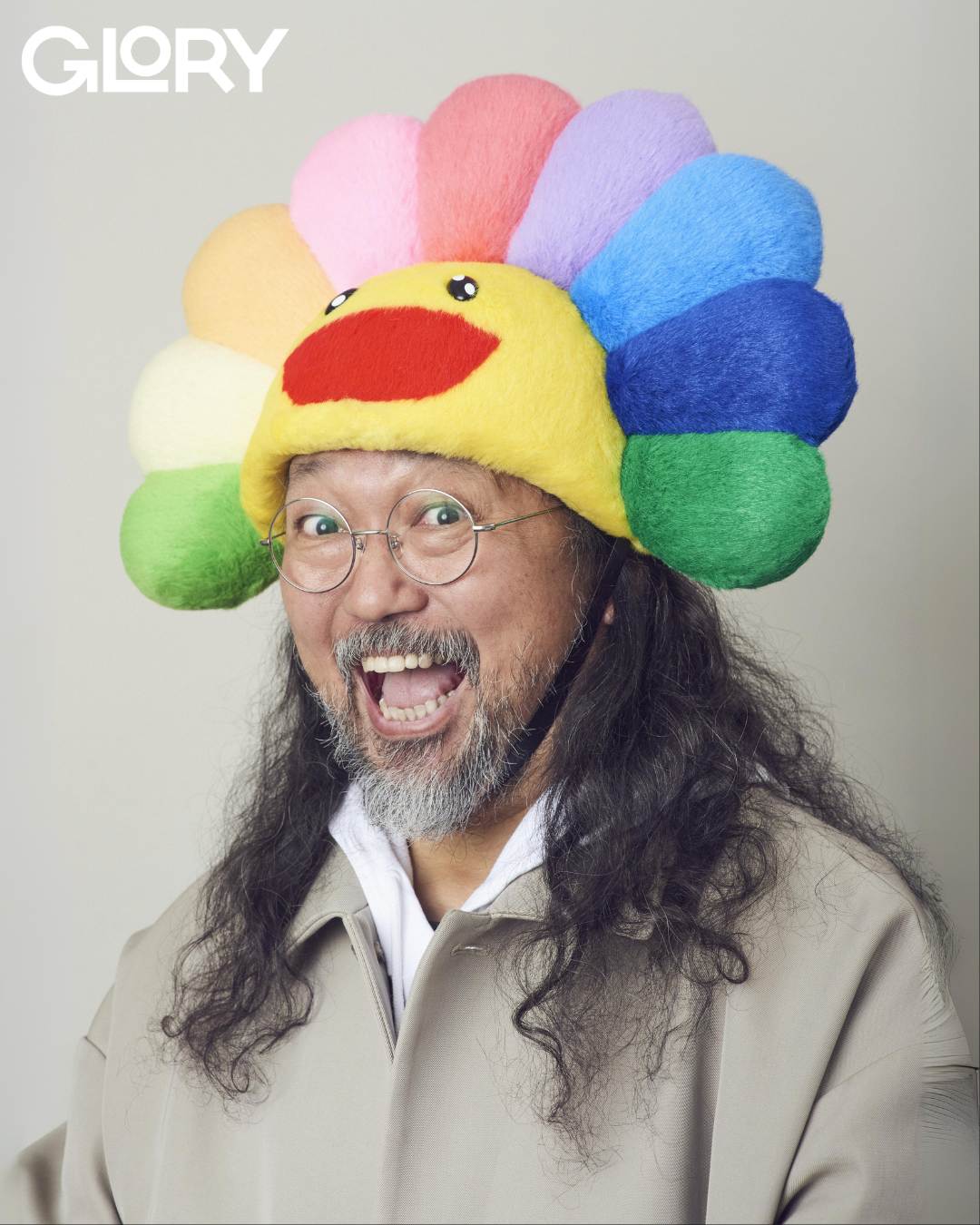

Photography by Ilich Mejia.
© Takashi Murakami/Kaikai Kiki Co., Ltd. All Rights Reserved.
Shot on location at the Ritz Carlton Toronto.
Your art has adapted and changed over the years. How would you describe the evolution of your artistic style and what factors have influenced those changes?
Takashi Murakami: My first introduction to contemporary art was influenced by New York and artists like Julian Schnabel, Jean-Michel Basquiat, and Jeff Koons. However, I am Japanese. I had to discover my own identity. Step by step, I combined the influence of American art with Japanese culture and history to create something new.
For example, my flower face work was something that the contemporary art community in New York City could understand. In Japan, the history of landscape painting doesn’t include human beings. In the Western world, the focus is on the human, so I made a face [for the flower].
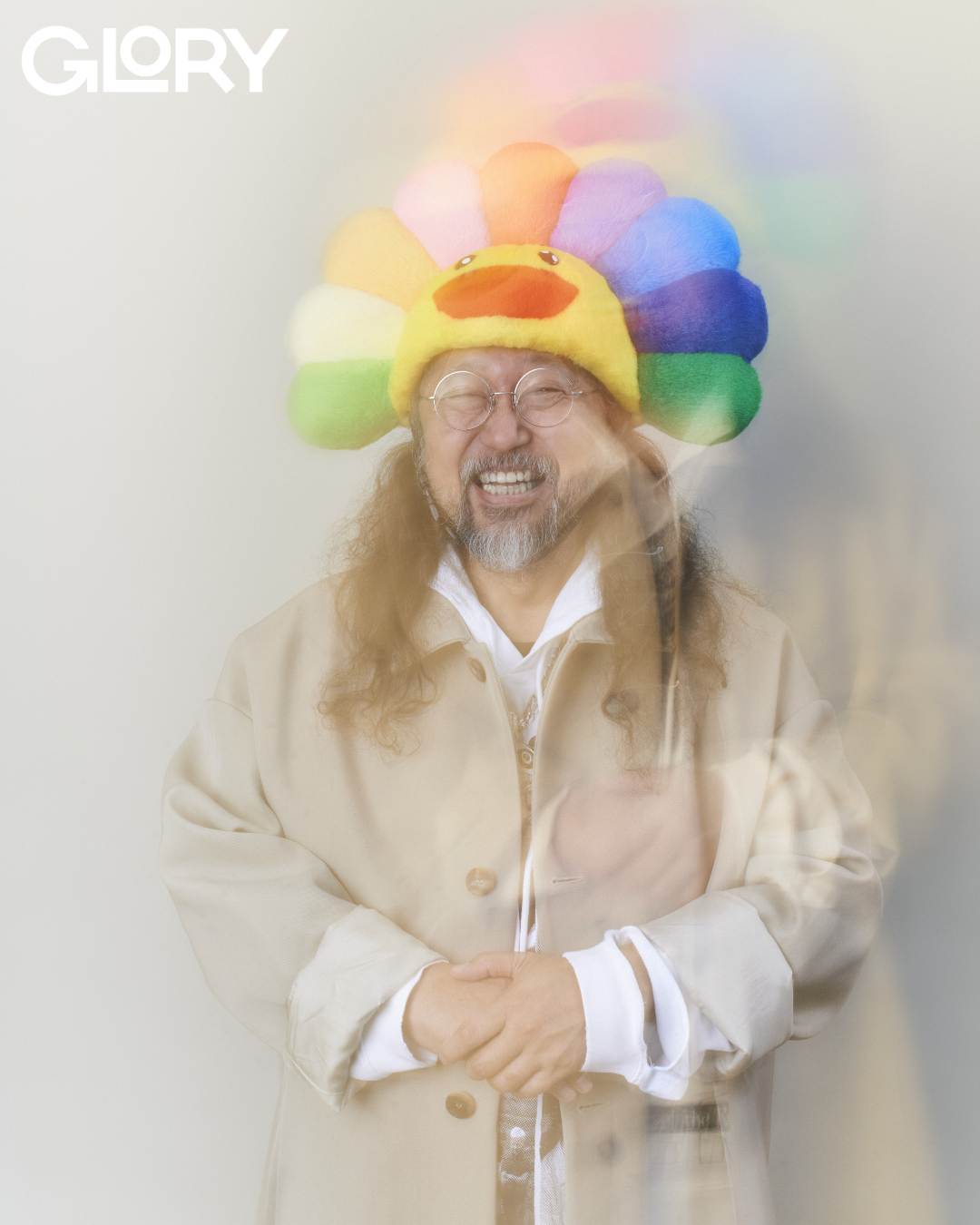

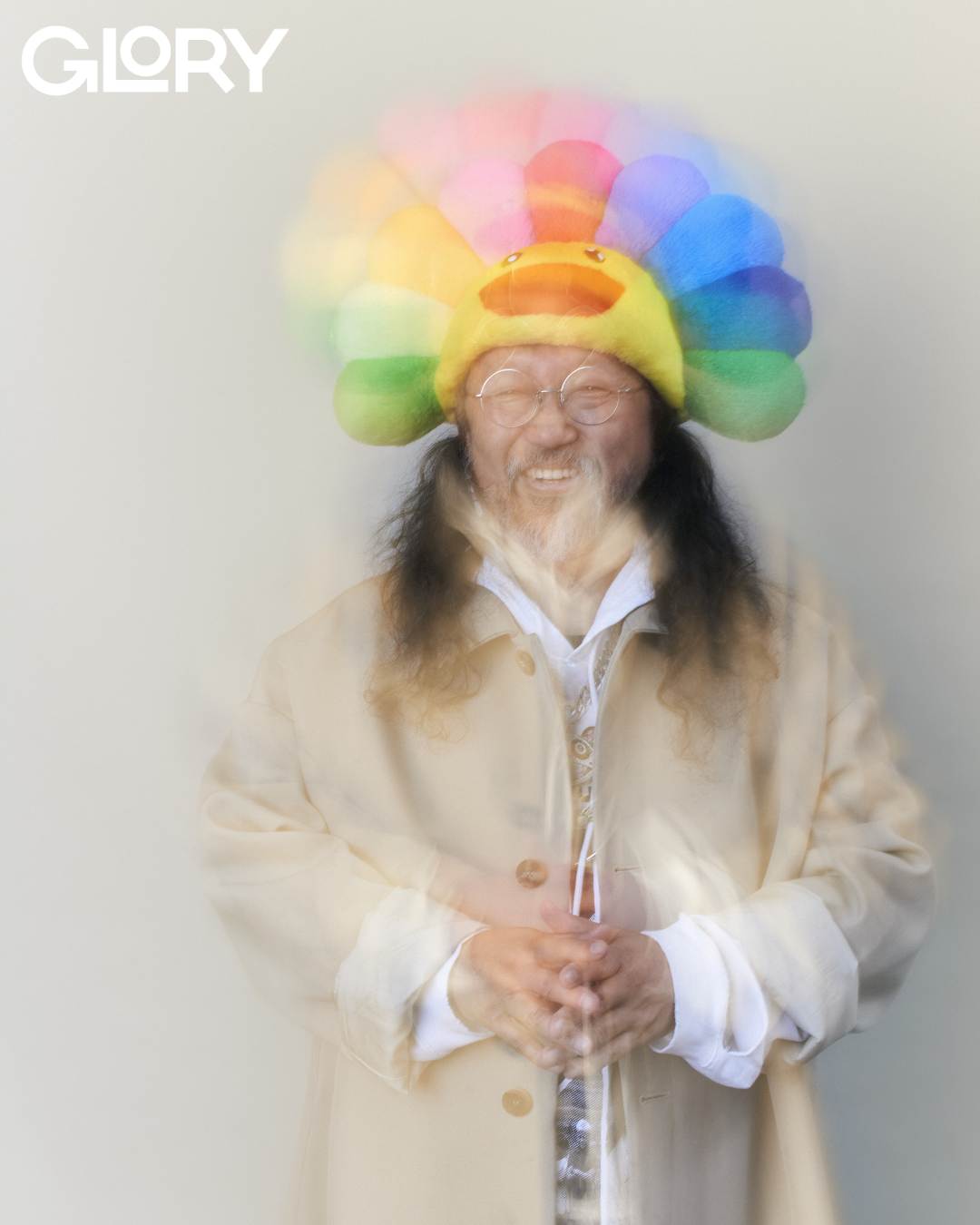

Your collaborations extend beyond the art world and include fashion, film, music, and more. How have these cross-disciplinary collaborations enriched your artistic expression?
Takashi Murakami: Collaboration is a great thing because it is not just my talent, but also the talent of a partner, like Louis Vuitton, for example. In that collaboration, Marc Jacobs was a powerhouse talent and gave further visibility to my career. Another collaboration was with Billie Eilish, who surprised me very much because she was 16—maybe 17—years old but already had a strong vision. She showed me her music video and talked about everything in her head, which we then took back and made some illustrations to present to her. Collaborations offer the opportunity for fresh ideas, which is why I am always open to them.
We are chatting here in Toronto. What has brought you to our wonderful city?
Takashi Murakami: This project is an icon of my work and character. It is called ‘Together with the Flower Parent and Child’ and I am here to promote it.
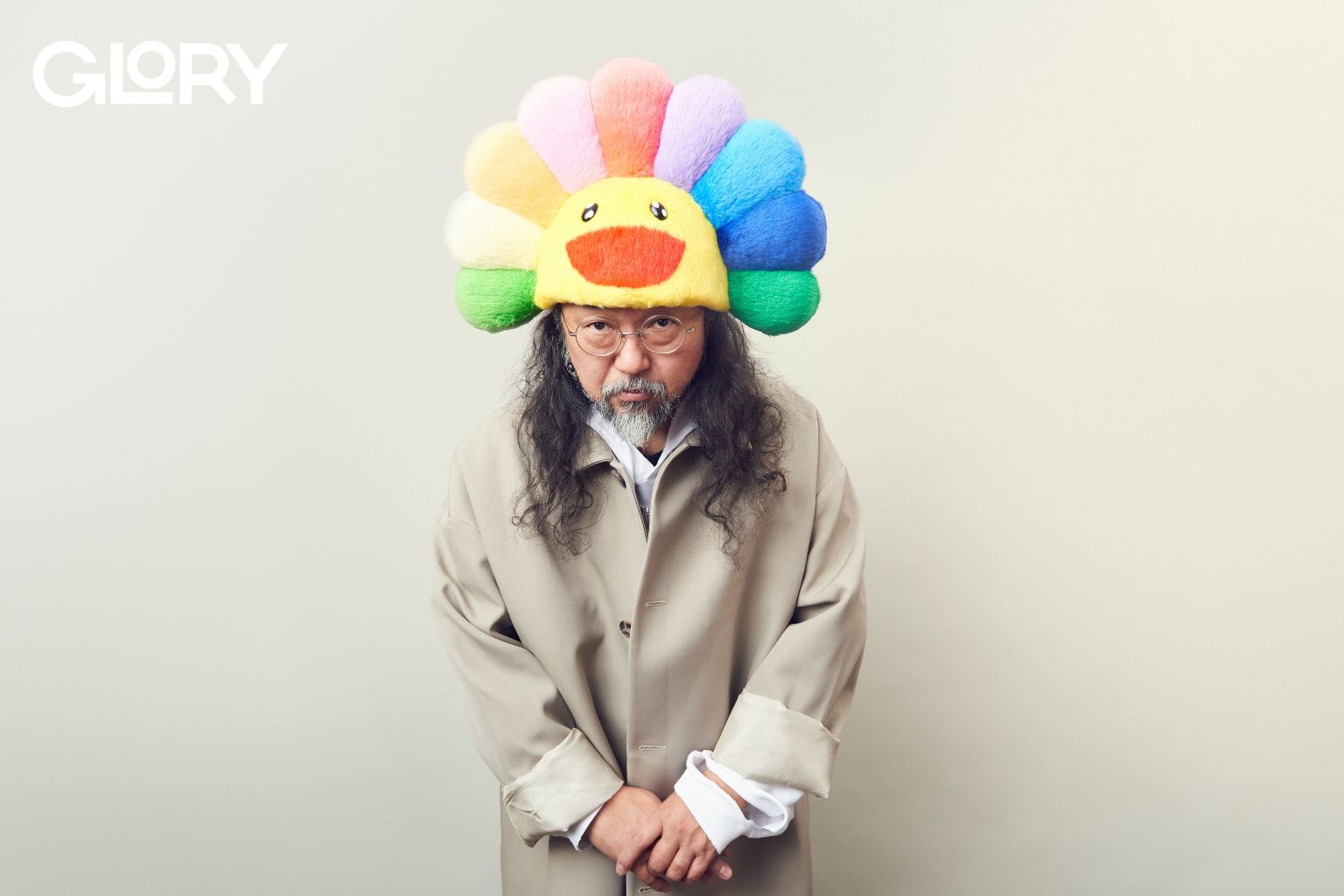

How do you think contemporary art and architectural design complement and amplify each other?
Takashi Murakami: I have explored this intersection several times around developments and buildings, mostly in Tokyo. The Roppongi Hills project was the first time in Japan that connected my character to a building through branding. The owner wanted to celebrate kids, which is why we made these cute characters.
The industry had initially thought that it was too childish and kind of bullshit. But, after the opening, many people came to see the project. It opened the industry’s eyes to understand the importance of branding. After that project in Japan, a lot of collaborations opened up for me.
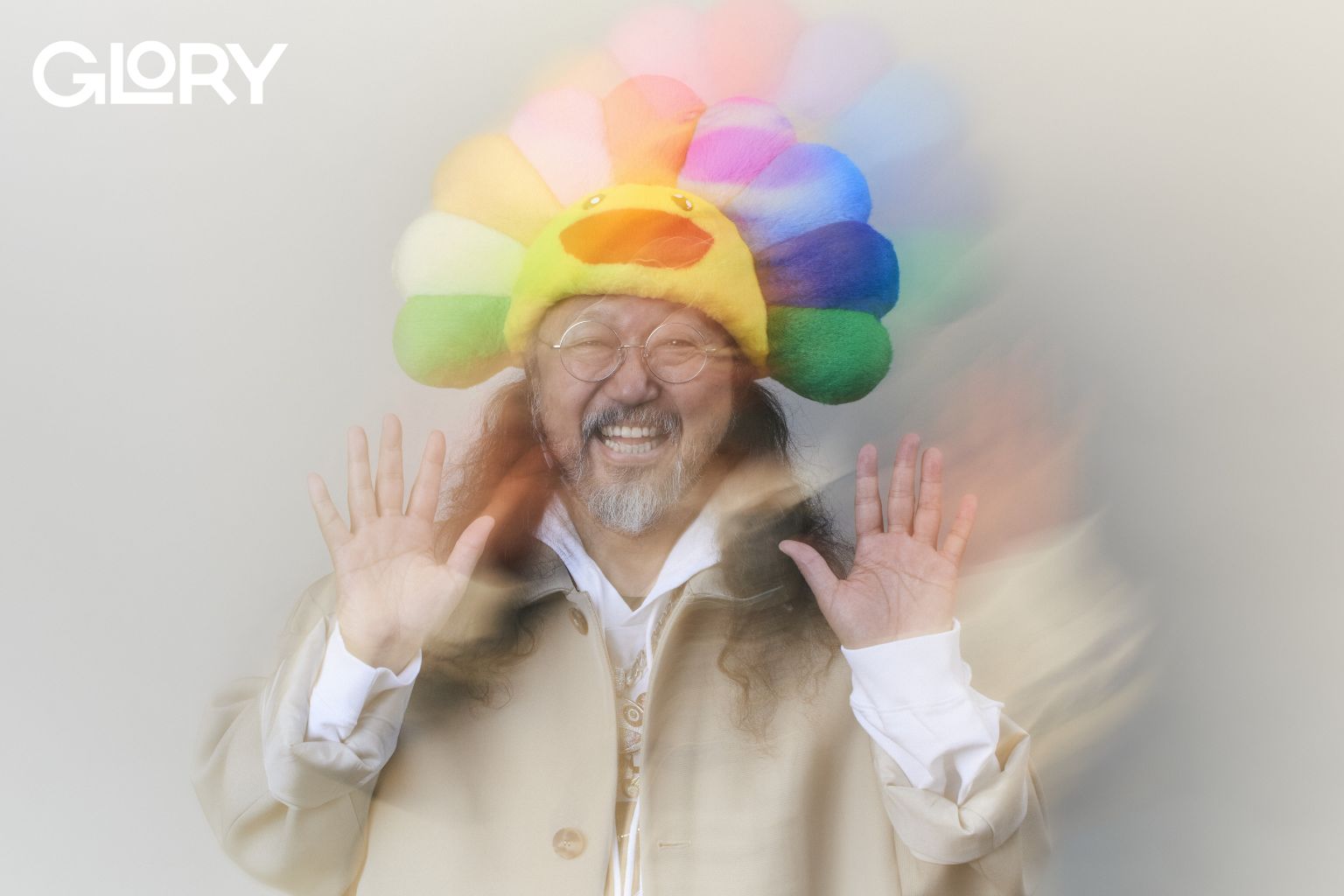

Speaking of your work, the piece ‘Together with the Flower Parent and Child’ will be a prominent feature in the lobby of the upcoming Freed Hotel and Residences. Can you tell us a bit about the meaning behind the artwork and how it blends with the overall project?
Takashi Murakami: My idea for the flower designs and faces came from traditional Japanese art history and making them look human. The parent and child carries a strong message about transformation and our love for children.
RELATED: Peter Freed is Designing Tomorrow’s Skyline
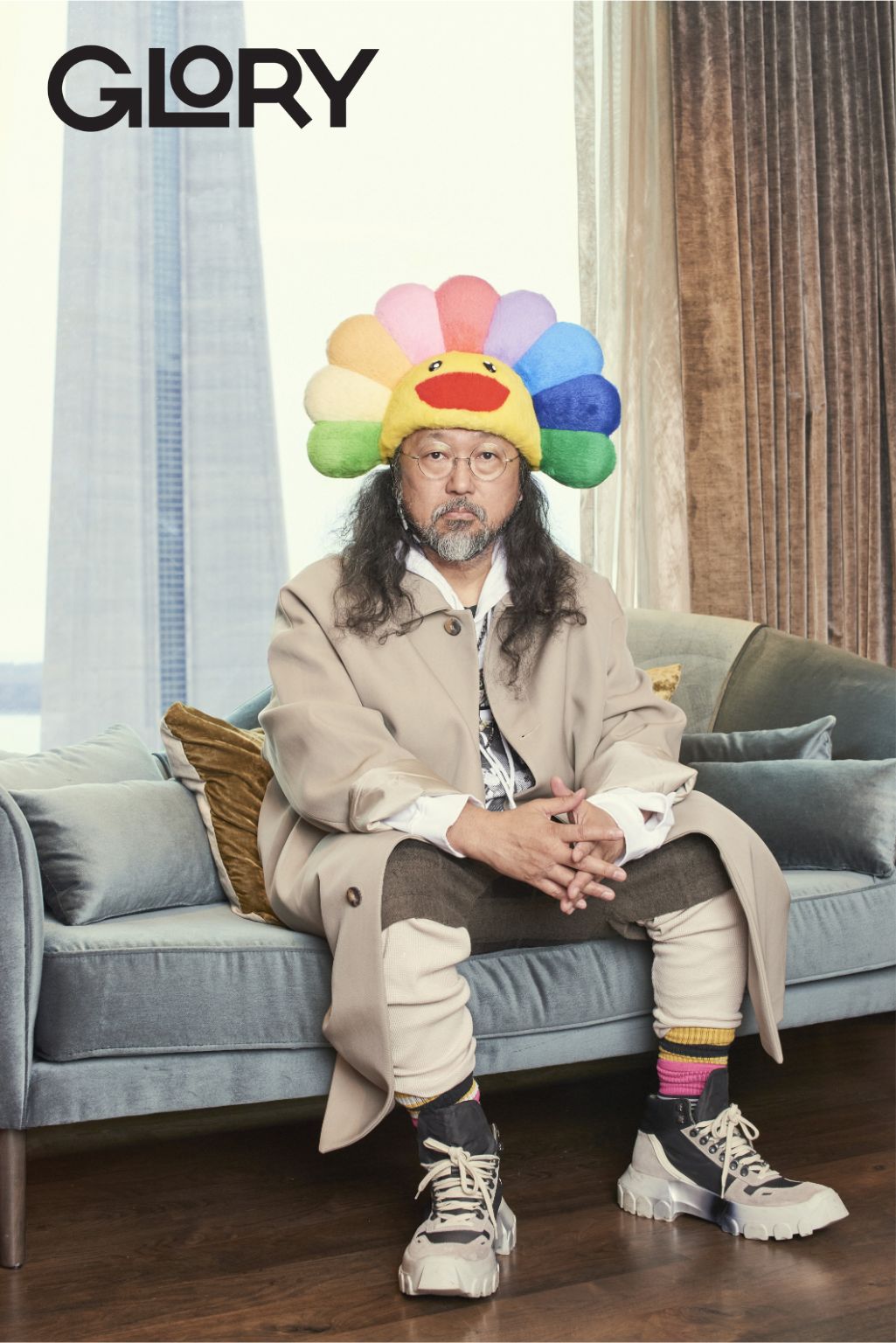

Your work often evokes a very strong emotional response. How do you approach the connection between art and emotion?
Takashi Murakami: The Western world has a very high literacy when it comes to consuming art pieces. The Asian reality is very different. In Japan, when people look at a painting, it’s all about their overall impression and feeling—it’s like a sixth sense. Do you like it or not? That is very important.
Here [in the West], it’s more important to acknowledge an art piece’s connection with history and the corresponding impact it has on the audience’s mind. Does it evoke a strong emotion? For example, I am a very quiet person at any given time; that is my mood. So when I create my designs, like the Flower paintings, there is a very flat feeling.
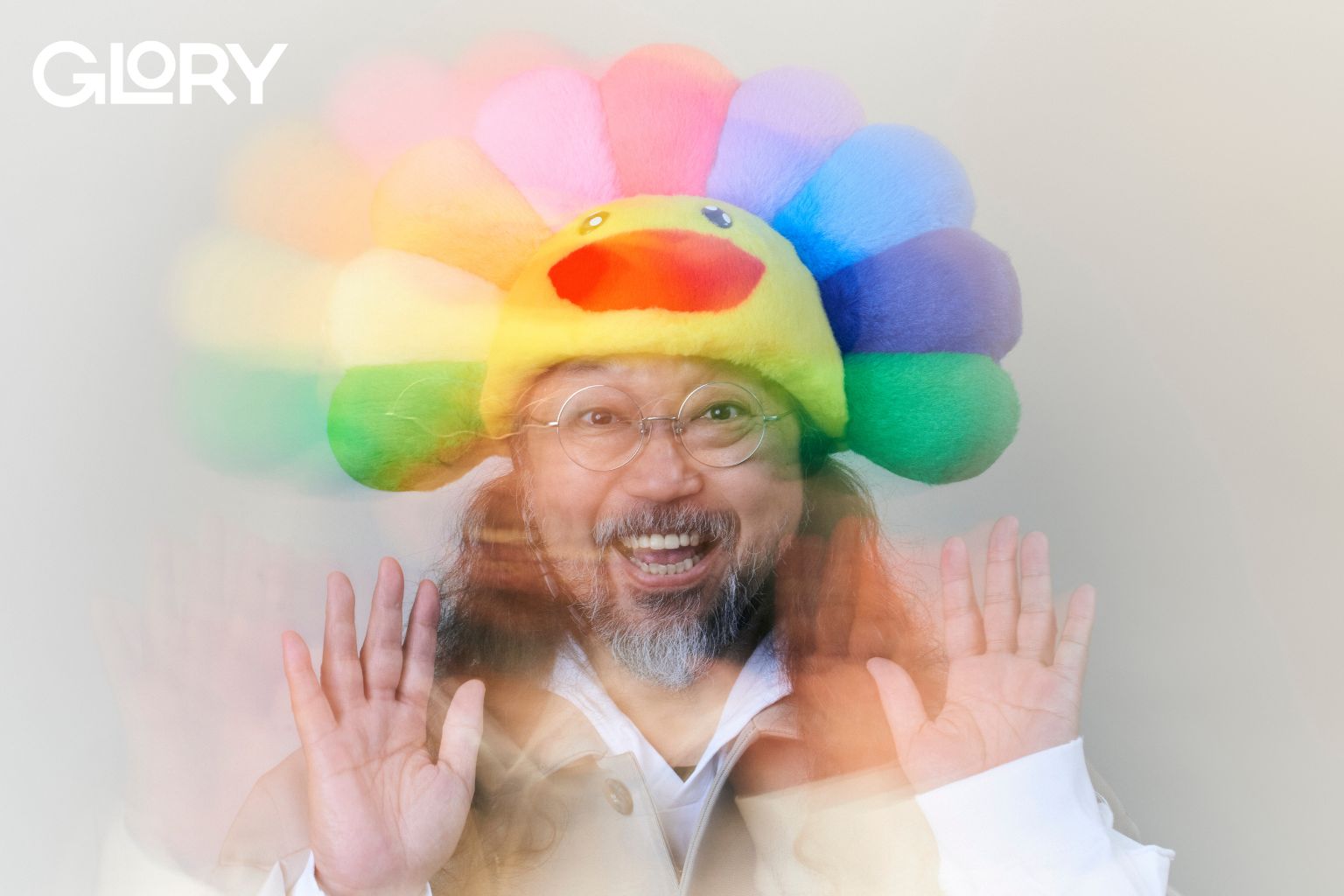

How do you approach using art as a medium for social and political commentary?
Takashi Murakami: In my history, I have used political messages very few times. I want to keep a neutral condition in my head. Sometimes when the audience is looking at a painting or sculpture, they create their own messages. But my mind is very neutral. It is my way of surviving long-term and, after I pass, the presentation of my work will remain in the future.
What direction do you see your art going in as we move forward?
Takashi Murakami: Right now, NFT art is super quiet; it has almost been destroyed. But, for myself, I still believe in the metaverse. When I was met with this technology, I kind of woke up in my head because of my connection with my kids. When they play [in the metaverse], they are creating different dimensions that are separate from the real world. Virtual reality allows us to create bigger and bigger worlds as an escape from the constraints of the real world.
This interview has been edited and condensed for clarity.


